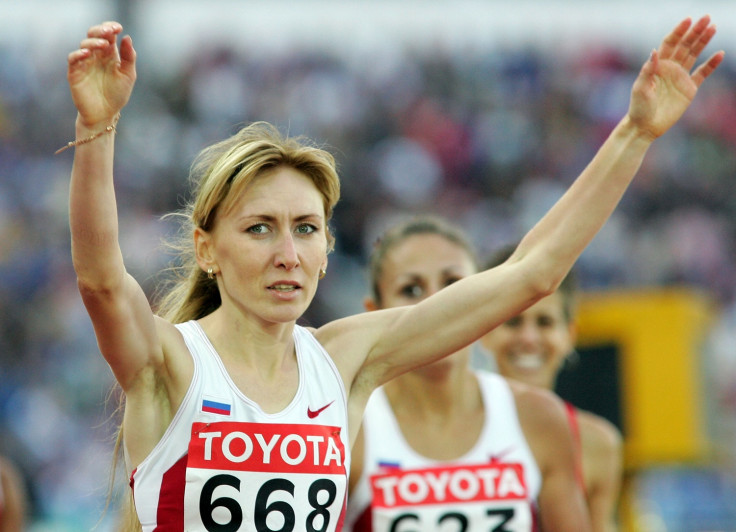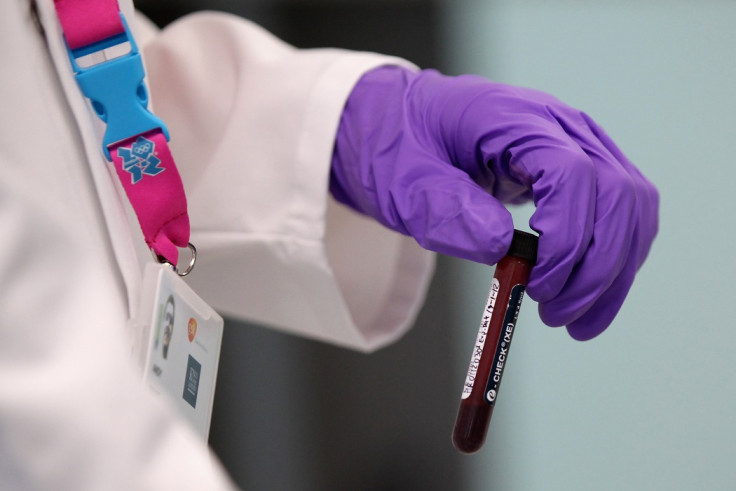Blood doping - how do athletes cheat and what are the effects?
A study claims one third of medals, won by more than 800 athletes between 2001 and 2012 had either suspicious or abnormal blood results.

Athletics has been mired in a blood doping scandal after it was claimed endurance athletes cheated their way to the podium at events including the Olympics and world championships.
A cache of data handed to The Sunday Times newspaper by an International Association of Athletics Federation (IAAF) whistleblower lifts the lid on dubious test results by some of the world's top competitors.
The newspaper and German broadcaster ARD/WDR were given more than 12,000 blood tests from 5,000 competitors who crossed the finish line at events between 2001 and 2012.
The data claims one third of medals, including 55 golds, were won by more than 800 athletes with either suspicious or abnormal blood results.
Russia is said to be the worst offender while a dozen British athletes are reported to have scored abnormal levels of red blood cells -- vital to transporting oxygen to parts of the body used to create energy.
Experts say alarm bells should have rang when Russia's Tatyana Tomashova, Yulia Chizenko-Fomenko and Olga Yegorova romped to gold, silver and bronze medals at the 2005 world championships in Helsinki.
An expert told the Sunday Times the chances of Tomashova's result being natural was close to 100,000-1, while Chizenko, who later had her medal stripped for pushing an opponent, was judged to be a million-to-one chance of winning clean.
IBTimes UK looks at ways of blood doping and what the effects can be:

What is blood doping?
The World Anti-Doping Agency defines blood doping as:
...the misuse of certain techniques and/or substances to increase one's red blood cell mass, which allows the body to transport more oxygen to muscles and therefore increase stamina and performance.
Why do athletes do it?
The body uses more oxygen during exercise. Oxygen is important because it breaks down glucose and and turns it into energy. It attaches itself to haemoglobin, which is found inside red blood cells.
The purpose of blood doping is to increase the quantity of haemoglobin, which then carries the oxygen to muscles. Athletes eventually exhaust their oxygen reserves so blood dopers increase their levels of red blood cells.
How do they do it?
The process is usually performed in one of three ways: erythropoietin (EPO), synthetic oxygen carriers and blood transfusions.
EPO is a hormone that creates more red blood cells and is usually injected. The transfusion process starts weeks before a race when an athlete would extract about 450ml of their blood to refrigerate. The body try to naturally replace these red blood cells before it is eventually replenished.
Then days before a race, the original blood sample is transfused back into the athlete, increasing red blood cell count.
Synthetic oxygen carriers are proteins or chemicals that have the ability to carry oxygen.
What are the effects?
Scientists believe blood doping can shave seconds of a 1,500m runner's time and can be the difference between a 10th and first place berth.
But there are serious medical consequences. With blood transfusions, another person's blood may contain a virus.
An athlete that used their own blood can put themselves at significant health risks if the procedure is not done properly, while unnaturally high red blood cell levels increase the risk of heart attack, stroke, and pulmonary or cerebral embolism.
© Copyright IBTimes 2024. All rights reserved.






